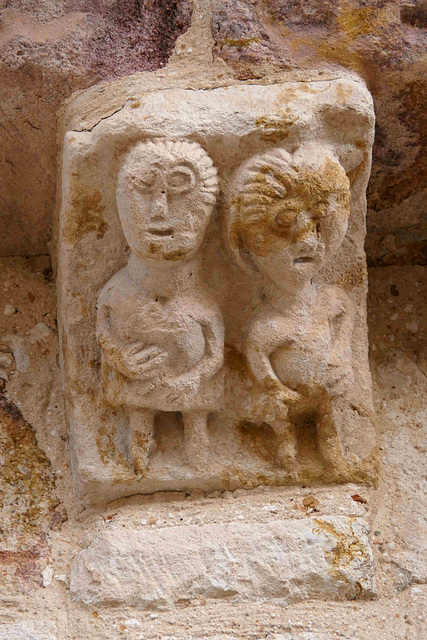Zamora - San Cipriano
Zamora - San Cipriano
Zamora - San Cipriano
Zamora - San Cipriano
Zamora - Santa María Magdalena
Zamora - Santa María Magdalena
Zamora - Santa María Magdalena
Zamora - Puente de Piedra
Zamora - Santa María Magdalena
Zamora - Santa María Magdalena
Zamora - San Pedro and San Ildefonso
Zamora - San Pedro and San Ildefonso
Zamora - Catedral de Zamora
Zamora - Catedral de Zamora
Zamora - Catedral de Zamora
Zamora - Catedral de Zamora
Zamora - Catedral de Zamora
Zamora - Catedral de Zamora
Zamora - Catedral de Zamora
Zamora - Catedral de Zamora
Zamora - Catedral de Zamora
Zamora - Catedral de Zamora
Zamora - Catedral de Zamora
Zamora - San Cipriano
Zamora - San Cipriano
Zamora - San Cipriano
Zamora - San Cipriano
Zamora - San Cipriano
Zamora - San Cipriano
Zamora - Aceñas de Olivares
Zamora - Douro
El Campillo - San Pedro de la Nave
El Campillo - San Pedro de la Nave
El Campillo - San Pedro de la Nave
El Campillo - San Pedro de la Nave
Benavente - San Juan del Mercado
Benavente - Santa María del Azogue
Benavente - Santa María del Azogue
Benavente - Santa María del Azogue
Benavente - San Juan del Mercado
Benavente - Santa María del Azogue
Benavente - Mercado de Abastos
Valladolid
Valladolid - Christmas Market
Valladolid - Christmas Market
Location
Keywords
Authorizations, license
-
Visible by: Everyone -
All rights reserved
-
43 visits
Zamora - San Cipriano


Zamora straddles the Douro River. The Romans named the settlement "Occelum Durii" ("Eye of the Duero"). For the Visigoths, the place was "Semure".
In the 710s the town was conquered and a Berber garrison was left in there, but some decades later it was seized by Alfonso I of Asturias. A diocese was established in the town in the early 10th century. Ibn al-Qitt unsuccessfully tried to invade the city in 901, Almanzor eventually seized the city in 966. The place returned to Christian control during the reign of Alfonso V of León.
Since the early 11th century the place saw planned repopulating efforts. City walls were also erected in the 11th century. The most notable historical episode in Zamora was the assassination outside the city walls of the King Sancho II of Castile in 1072. Ferdinand I of León had divided his kingdoms between his three sons. To his daughter Urraca, he had bequeathed Zamora. All three sons warred among themselves, till the ultimate winner, Sancho, was left victorious. Zamora, under his sister who was allied with Leonese nobles, resisted. Sancho II of Castile, assisted by El Cid, laid siege to Zamora. King Sancho II was murdered by Bellido Dolfos, a duplicitous noble of Zamora, Bellido Dolfos. After the death of Sancho, Castile reverted to his deposed brother Alfonso VI of León.
The Romanesque church of San Cipriano originally dates from the 11th century. It was built with three naves , of which only one still exists today. The exact age is not known, it existed when Fernando II was in Zamora in 1159. Most scholars date it to the 1020s. There are reliefs in various places on and inside the building, one with an inscription from 1093. The church was renovated and rebuilt around 1980.
An old couple
In the 710s the town was conquered and a Berber garrison was left in there, but some decades later it was seized by Alfonso I of Asturias. A diocese was established in the town in the early 10th century. Ibn al-Qitt unsuccessfully tried to invade the city in 901, Almanzor eventually seized the city in 966. The place returned to Christian control during the reign of Alfonso V of León.
Since the early 11th century the place saw planned repopulating efforts. City walls were also erected in the 11th century. The most notable historical episode in Zamora was the assassination outside the city walls of the King Sancho II of Castile in 1072. Ferdinand I of León had divided his kingdoms between his three sons. To his daughter Urraca, he had bequeathed Zamora. All three sons warred among themselves, till the ultimate winner, Sancho, was left victorious. Zamora, under his sister who was allied with Leonese nobles, resisted. Sancho II of Castile, assisted by El Cid, laid siege to Zamora. King Sancho II was murdered by Bellido Dolfos, a duplicitous noble of Zamora, Bellido Dolfos. After the death of Sancho, Castile reverted to his deposed brother Alfonso VI of León.
The Romanesque church of San Cipriano originally dates from the 11th century. It was built with three naves , of which only one still exists today. The exact age is not known, it existed when Fernando II was in Zamora in 1159. Most scholars date it to the 1020s. There are reliefs in various places on and inside the building, one with an inscription from 1093. The church was renovated and rebuilt around 1980.
An old couple
- Keyboard shortcuts:
Jump to top
RSS feed- Latest comments - Subscribe to the comment feeds of this photo
- ipernity © 2007-2024
- Help & Contact
|
Club news
|
About ipernity
|
History |
ipernity Club & Prices |
Guide of good conduct
Donate | Group guidelines | Privacy policy | Terms of use | Statutes | In memoria -
Facebook
Twitter

Sign-in to write a comment.